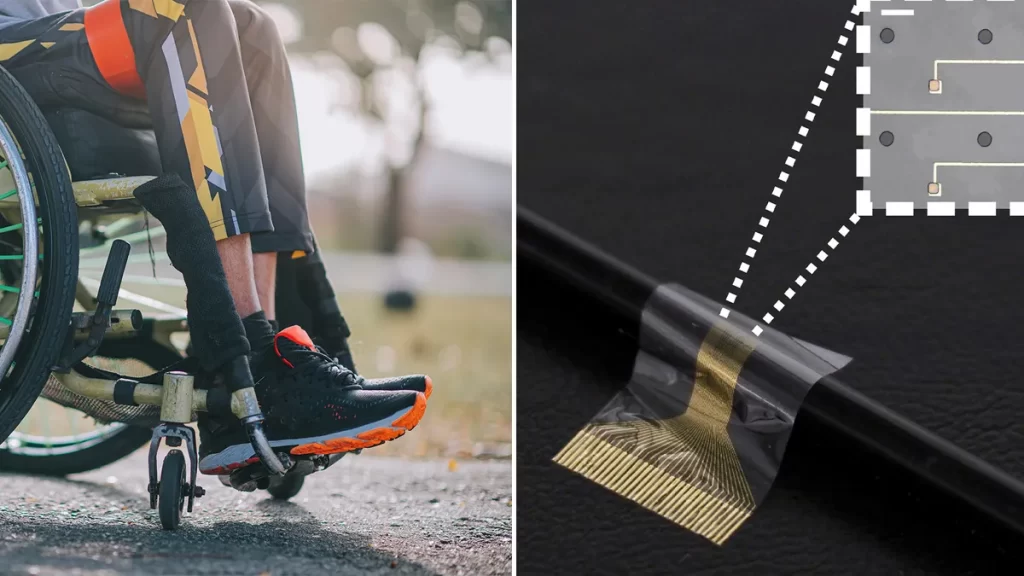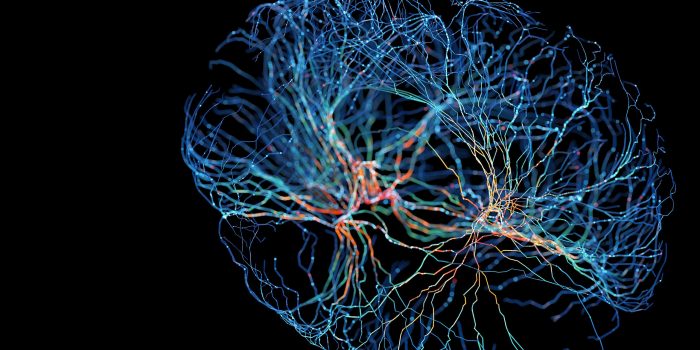This new “biohybrid” implant is a significant breakthrough in the field of neural prosthetics. The combination of flexible electronics and stem cell therapy has shown promising results in restoring function in paralyzed limbs.
The implant works by receiving signals from the brain and transmitting them to the paralyzed limb. The device’s flexible electronics allow it to be attached directly to the nerve, making the connection more seamless. The layer of muscle cells that were reprogrammed from stem cells further improved the integration of the device with the host’s body, preventing scar tissue formation.

One of the major challenges in previous attempts at neural prosthetics was the formation of scar tissue around the electrodes, disrupting the connection between the device and the nerve. The use of stem cells in this new device has shown to prevent this issue, potentially leading to longer-lasting and more effective implants.
The ability to restore function in paralyzed limbs has significant implications for those with spinal cord injuries or other neurological disorders. The device could provide greater independence and mobility for individuals who were previously reliant on assistive devices.

While the experiment was only conducted for 28 days, the researchers are optimistic about the long-term potential of the device. Further research and testing will be necessary to determine the implant’s safety and efficacy in humans.
Overall, the development of this new “biohybrid” implant represents a significant step forward in the field of neural prosthetics. The combination of flexible electronics and stem cell therapy has the potential to improve the lives of individuals with paralysis and other neurological disorders, offering new possibilities for independence and mobility.


